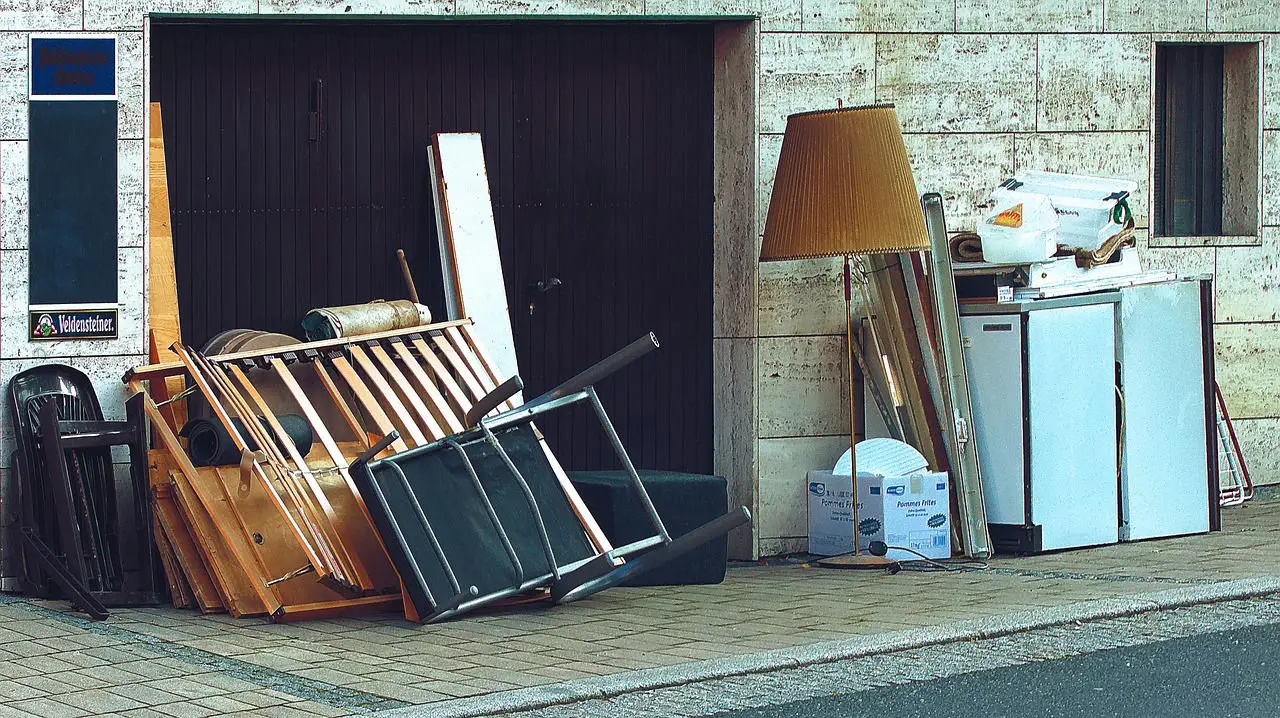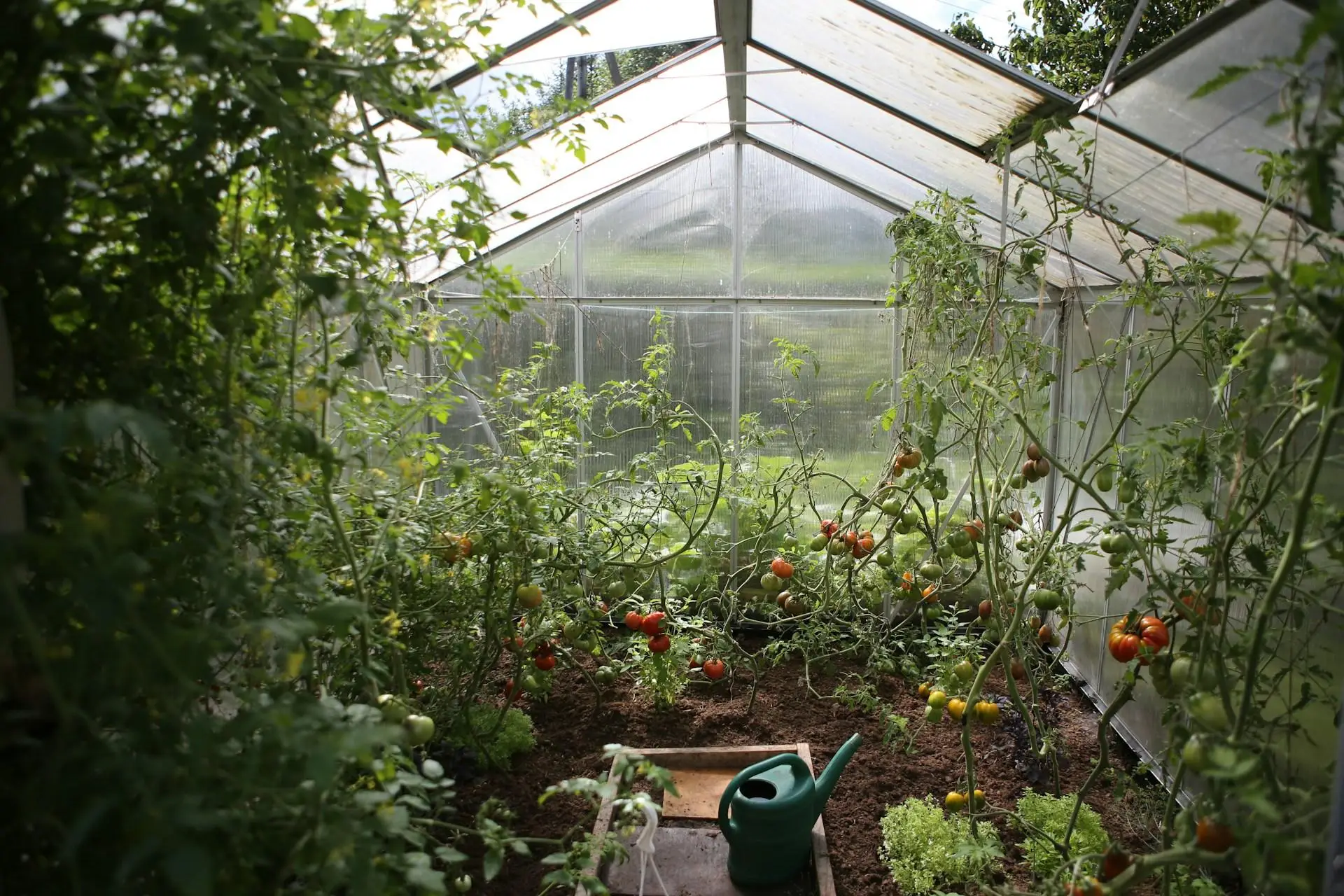How to choose the right skip size for your needs
Choosing the right skip size is crucial for efficient waste removal and avoiding unnecessary costs. In areas like Northolt, where skip hire services are widely available, understanding which skip size best fits your needs can save both time and money. This article explores various skip sizes, how to assess the volume and type of waste you have, and essential factors for selecting the appropriate skip.
Understanding skip sizes
Common skip sizes available in Northolt
Skip hire in Northolt offers a variety of sizes to accommodate different waste types and volumes. The most common skip sizes available include:
- Mini skips (2-3 cubic yards): Ideal for small household projects, such as a seasonal clean-out or minor landscaping.
- Midi skips (4-5 cubic yards): Suitable for moderate-sized jobs, including small renovations or garden clean-ups.
- Builder skips (6-8 cubic yards): The go-to choice for larger construction projects, capable of handling significant debris.
- Large skips (10-12 cubic yards): Perfect for comprehensive renovations or commercial waste disposal.
- Roll-on/roll-off skips (up to 40 cubic yards): Designed for large-scale commercial operations, these skips are suitable for major construction sites or hefty waste clearance.
Visualizing skip sizes and their capacities
When choosing a skip, it’s essential to visualize its size relative to your waste. For instance:
- A mini skip can typically hold about 25-30 garbage bags.
- A builder skip generally accommodates around 60-80 bags, while a large skip can hold up to 120 bags.
Using comparison images or site tools can provide a clearer perspective on the skip dimensions, ensuring the right fit for your project.
Assessing your waste needs
Identifying the types of waste
Understanding the type of waste is vital when selecting a skip size:
- General household waste: Includes old furniture, appliances, and regular junk.
- Construction waste: Typically generated from DIY projects or renovations.
- Garden waste: Comprises green waste like soil, branches, and hedge trimmings.
- Commercial waste: Involves excess materials from business operations.
Estimating waste volume accurately
To select the right skip, an accurate estimation of waste volume is key. Here are some tips:
- Visual assessment: Take inventory of items to be discarded.
- Online calculators: Utilize tools specifically designed to estimate waste volume.
- Professional help: If uncertain, consult with a skip hire provider for an estimation based on experience.
Planning for ongoing projects
For ongoing projects, it is essential to anticipate future waste generation. Some scenarios may necessitate multiple skips, particularly if:
- The project timeline extends beyond initial waste generation.
- There are unforeseen materials or debris that may accrue over time.
Factors influencing skip size selection
Considering the project type and duration
The nature of the project significantly influences the skip size required:
- Short-term vs. long-term: Quick jobs might suit smaller skips, while extended renovations may require larger sizes to accommodate cumulative waste.
- Residential vs. commercial needs: Assessing whether the project is home-based or business-oriented can determine the category of skip needed.
Evaluating accessibility and placement
Before hiring, consider the placement and accessibility of the skip:
- Space availability: Determine if there is enough room for the skip on your property or if it needs to be placed on the street.
- Local regulations: Northolt may have specific regulations regarding skip placement, including permits.
- Access routes: Evaluate whether the skip can be placed in a location accessible for loading waste.
Budget considerations when hiring a skip
Budget plays a pivotal role in the skip size selection:
- Cost differences: Larger skips come with higher hiring fees. Be mindful of potential savings by choosing a size well-suited for your project's scale.
- Maximizing value: Opt for a size that prevents overloading or needing multiple trips to save on costs.
Benefits of hiring the right skip size
Enhancing efficiency and cost-effectiveness
Selecting the appropriate skip size provides several advantages:
- Preventing overpayment: Avoid the expense of hiring a larger skip if a mini or midi skip suffices.
- Reducing trips: Smaller skips may require multiple trips, increasing costs—choosing wisely can enhance overall project efficiency.
Making a positive environmental impact
Hiring the right skip not only aids your budget but also helps preserve the environment:
- Waste management: Employing the right skip can enhance recycling efforts while reducing landfill overload.
- Avoiding overloading: Overloading skips can lead to fines and hazards. Adhering to size recommendations promotes safer waste disposal practices.
Resources for skip hire in Northolt
Selecting a reputable skip hire company
When opting for skip hire services in Northolt, it is vital to choose a reputable provider. Look for:
- Positive reviews: Customer feedback can provide insight into reliability and service quality.
- Certifications: Ensure the provider has necessary certifications reflecting professional standards.
Additional resources for effective waste management
For more extensive information on rubbish removal and skip hire services in Northolt, refer to BK Ltd. Articles on Skip Hire and Rubbish Removal.
Understanding the nuances of skip sizes and their applications can empower individuals and businesses alike in properly managing waste. With a careful assessment of waste types, project characteristics, and size requirements, substantial benefits can be derived through efficient skip hire. By making informed decisions tailored to specific needs, the process of waste management not only becomes simpler but also more economical and ecologically responsible.









